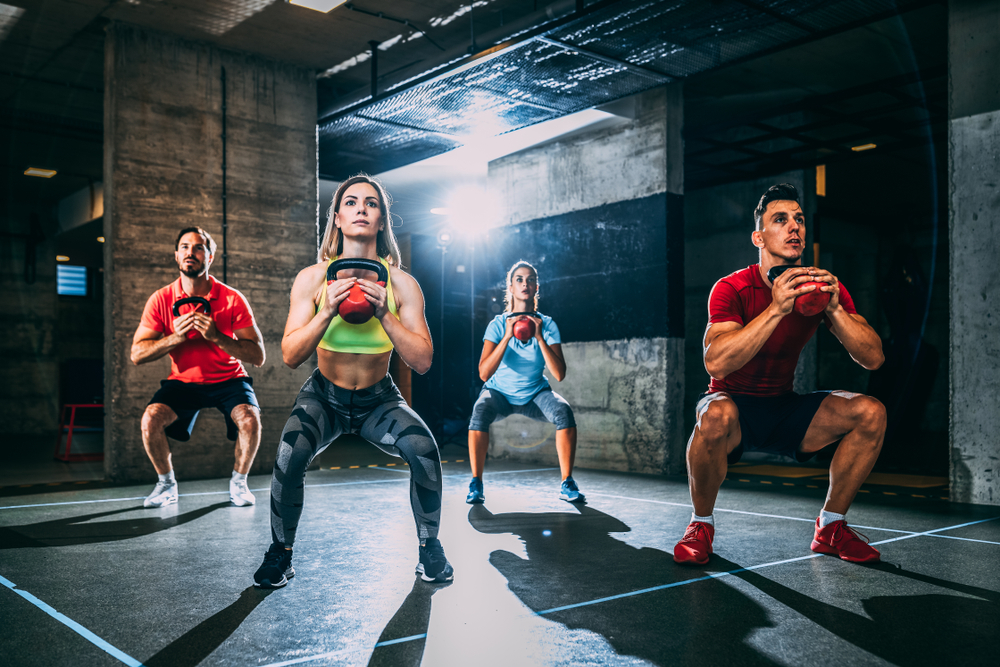The term functional training has become the new buzzword in the fitness industry. Alarmingly, it is almost becoming a separate bio-motor quality, like strength, endurance and speed. And it’s sold like hot cakes in most gyms. So what is functional training? The term is often associated with people training in a certain way to prepare for the daily demands of life with equipment such as battle ropes, kettlebells, plyometric boxes, altitude training masks and so on. All of these are used without much context and, most importantly, without understanding the term functional in the first place. The term ‘functional’ is an adjective that means “designed to have a purpose or practical use”. Since purpose can vary between and within people, therefore functional training should not be associated with any specific type of training or a piece of equipment rather should be based on the context and the need of an individual.
The proponents of functional training often tend to provide anecdotal and pseudoscientific claims about how our ancestors (hunters and gatherers) moved and suggests that we should move similarly in the gym. The problem with this notion is that it completely ignores evolutionary biology. Our ancestors climbed, jumped and performed other movements to get food and survive from wild animals as a natural selection and adaptation process. Modern humans do not need to do those things anymore due to evolution. Therefore, a mismatch exists between natural selection and the new adaptation process. I am not saying that the ability to accomplish the physical tasks that our ancestors could perform is not useful. But we need to account for the evolutionary process, that is, acknowledge the shift in the natural selection and the new physiological adaptation process. For example, expecting an overweight modern man to move like our ancestors in the gym and try and lose weight fast is probably not sustainable and most likely harmful. Initially, an easy-to-use piece of equipment (often frowned upon by the functional training community) with the right biomechanical lever might be the most functional movement for him. Therefore, functional training is context-driven and should not be based on our fascination with how our ancestors moved.
Moreover, if we associate functional training to a piece of specific equipment or movement, then we limit our scope of exploration and, most importantly, generalise training on the assumption that everyone’s anatomical structures, preference, competence and purpose are similar.
Systematic progression
The other debate that often arises in functional training is that physical training in the gym should mimic sports to be more relevant, specific and functional. Most people ignore the fact that the physical preparation for sports performance is based on a thorough understanding of the requirements of a particular sport and athlete’s competency level, that is, physiology and biomechanics involved in a sport and the level of the athlete. For example, if all that a golfer does in a gym is mimic golf swings using cables machines or resistance bands in the name of functional training then the golfer will be most likely underprepared for the demands of the sport. A golfer requires good hip and trunk mobility, along with explosive power through the lower extremities. Therefore, preparing the kinetics (forces involved) and kinematics (motion) associated with the golf swing is more important than superficially mimicking the swing in the gym.
Furthermore, in certain cases people tend to follow a programme of their favourite athlete in the name of functional training. This can be disastrous, as the training for an athlete is based on the need and the competency level of the specific athlete. Moreover, athletes go through a systematic progression devoting a lot of time. Therefore, if a sedentary individual without any training experience starts to move like an athlete then it will probably not end well.
A few takeaways....
- Functional training should be purpose- and context-driven and it will vary between and within people.
- Do not associate a piece of equipment with functional training, people’s structure and preferences should determine the equipment they use.
- The most functional training is the one that is modified to fit the need of an individual considering their anatomical structure, movement competency, goals and preference.
- Movement variability is more useful than obsessing over a specific type of movement seen in sports for most people.
- Superficially mimicking a sport in a gym will not prepare for the demands of the sport.
Kaushik Talukdar is founder and CEO of Athlete Institute, the author of Sports Fit: Bridging the gap between research and practice and a PhD scholar (‘Exercise and sports science’). He tweets @Coachkaushik

